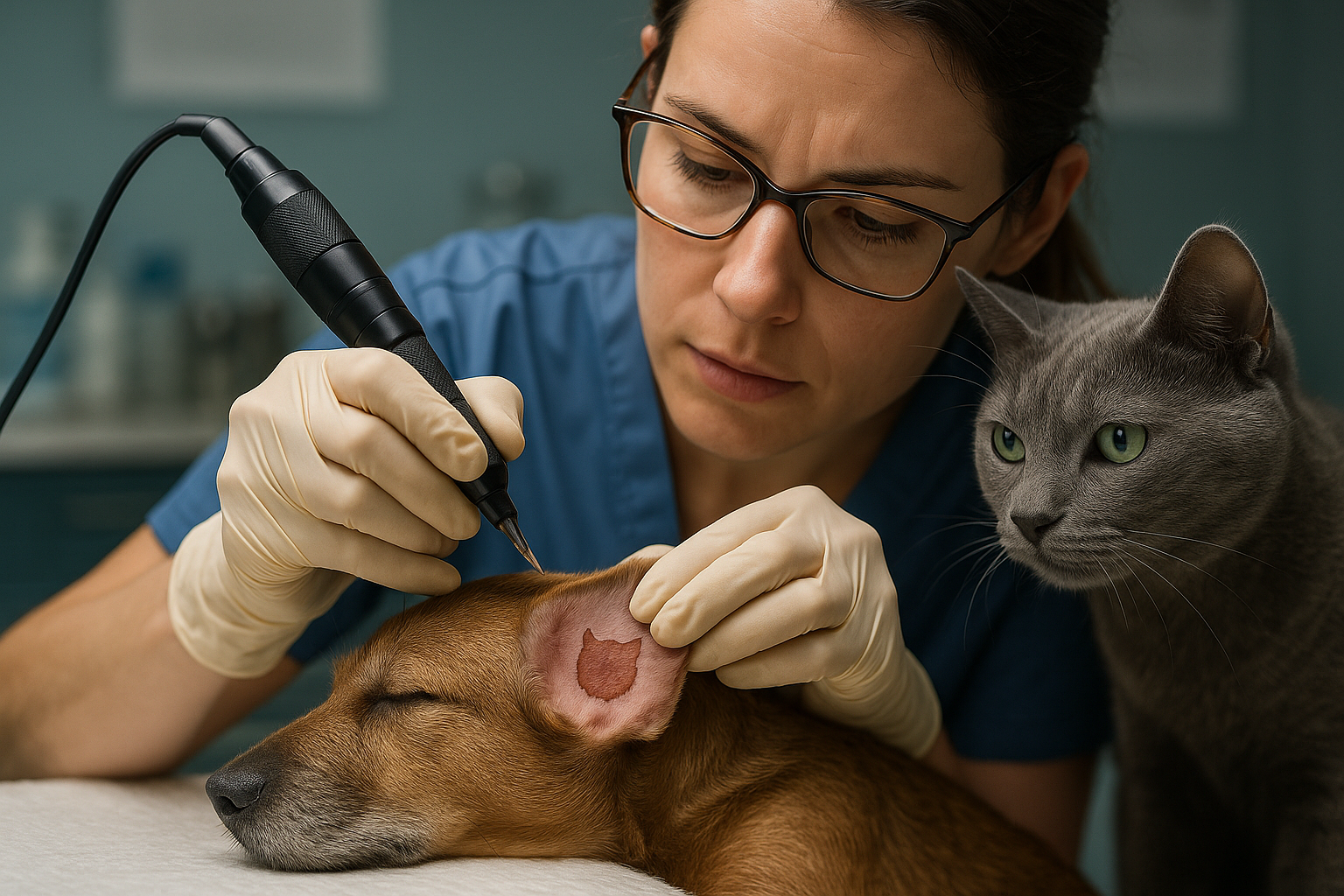The Remarkable World of Micro-pigmentation in Pets
In the vast realm of pet care and wellness, micro-pigmentation stands out as a unique and relatively unexplored practice. This enlightening procedure, which involves the application of natural pigments onto a pet's skin, has recently been gaining traction among pet enthusiasts and veterinary professionals alike.

Micro-pigmentation, while not new in the domain of human aesthetic treatments, has found a new audience in the pet industry. It’s an intriguing blend of science and art, offering potential benefits for pet health and well-being. This article dives into the history, current usage, and future prospects of micro-pigmentation in pets.
A Look Back: The Emergence of Micro-Pigmentation
Micro-pigmentation, initially developed for humans as a cosmetic and medical solution, has a rich history dating back to the early 20th century. Its applications ranged from enhancing facial features to camouflaging scars and skin imperfections. In the late 1980s, the practice began making its way into the pet industry, primarily for therapeutic reasons.
Micro-Pigmentation Today: From Aesthetics to Therapeutics
Today, pet micro-pigmentation is used for a variety of reasons. While some pet owners opt for it as an aesthetic treatment, others see it as a therapeutic solution. For instance, it can help disguise scars or skin discoloration in pets resulting from injuries or medical procedures. A recent trend also sees micro-pigmentation used to enhance the color of faded pet tattoos, a prevalent form of identification in some regions.
Market Impact and Price Range
The rising interest in pet micro-pigmentation has led to a boom in the industry. It’s estimated to reach a market value of several million dollars by 2025, reflecting the growing demand for innovative pet care treatments. As for the price, a single micro-pigmentation session can range from $200 to $500, depending on the complexity of the procedure and the pet’s size.
The Science behind Micro-Pigmentation
Micro-pigmentation isn’t merely a cosmetic procedure; it’s rooted in science. The process involves the use of natural pigments applied to the pet’s skin using a specialized device. The pigments, once absorbed, can help stimulate cell regeneration and promote healing.
The Way Forward
The future of micro-pigmentation in pets looks promising. As research continues to explore its therapeutic potential, we may see more applications emerge, from treating skin conditions to aiding in post-surgical recovery.
In conclusion, micro-pigmentation in pets is more than a passing trend; it’s a burgeoning field that combines aesthetics with therapeutics. As we continue to seek ways to enhance our pets’ health and happiness, practices like micro-pigmentation will undoubtedly play a significant role. Whether used for cosmetic enhancement or healing, it’s a testament to our enduring commitment to our furry friends’ well-being.




